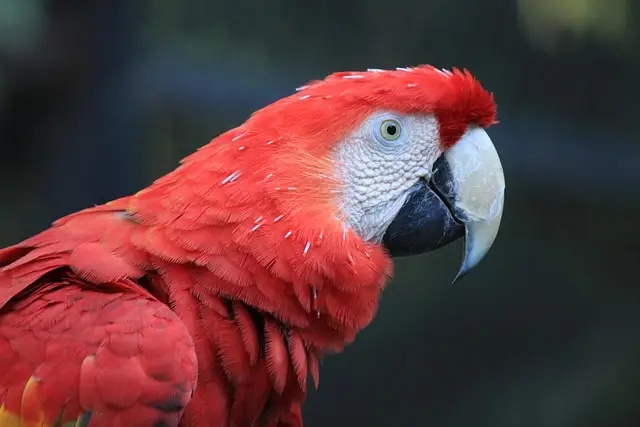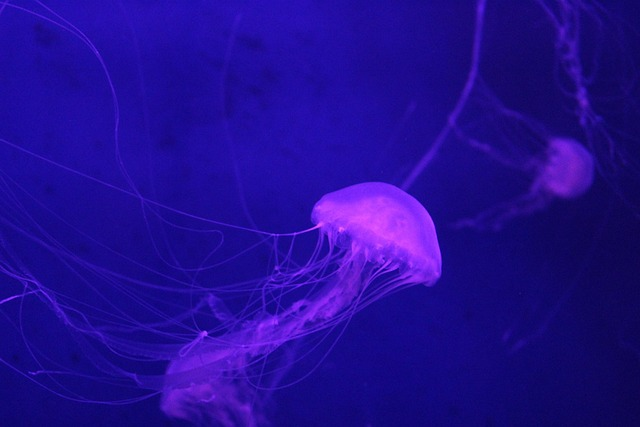Bearded dragons are one of the most popular pet reptiles in the world. They are friendly, easy to care for, and full of personality. But did you know that bearded dragons are also some of the strangest animals around? From their looks to their behavior, they have many surprising traits that most people don’t know about. Here are 15 bizarre and interesting facts about bearded dragons.
1. They Puff Out Their “Beard”

Bearded dragons get their name from the flap of skin under their chin that looks like a beard. When they feel threatened or are trying to show dominance, they puff out this beard and turn it black. It makes them look bigger and scarier. Even females and baby dragons do it sometimes!
2. They Can Change Color

Bearded dragons can slightly change the color of their skin, especially around the head and beard. They might turn darker when they’re cold (to absorb more heat) or lighter when they’re hot (to cool down). It’s not as dramatic as a chameleon, but it’s still pretty cool!
3. They Wave to Say Hello (or Surrender)
Sometimes bearded dragons lift one of their front legs and slowly wave it in a circle. This cute gesture can mean a few things: it may be a way of saying “I’m not a threat” or a sign of submission. Some owners like to wave back!
4. They Can Run on Two Legs

Yes, it’s true—bearded dragons can run like little dinosaurs! When they run very fast, especially in the wild, they sometimes lift their front legs and move only on their back legs. Scientists believe this helps them move faster and stay cooler.
5. They Sleep in Weird Positions
Bearded dragons sleep in some strange ways. Some will sleep standing up, some lean against glass, and others burrow into their bedding. These odd sleep habits often confuse new owners, but they are totally normal for a beardie.
6. They Like to Climb
Even though bearded dragons live on the ground in the wild, they love to climb rocks, logs, and branches. In captivity, they enjoy having things to climb on and places to sit up high. It helps them feel safe and keeps them active.
7. They Can “Brumate” Like Hibernation
Brumation is similar to hibernation in mammals. During brumation, bearded dragons may sleep for days or even weeks. They eat very little or stop eating altogether. This usually happens in winter and is completely natural, especially in older dragons.
8. They Taste the Air
Bearded dragons use their tongue to “smell” things. When they flick their tongue out, they collect particles from the air and bring them to a special part in their mouth called the Jacobson’s organ. This helps them detect food, danger, or other dragons.
9. They Have a Third Eye
On top of a bearded dragon’s head is a small, round scale. It’s called a parietal eye or “third eye.” It doesn’t see like their other two eyes, but it helps detect light and shadows. This special eye helps them know when a predator is above them.
10. They Eat Both Plants and Meat
Bearded dragons are omnivores. This means they eat both plant-based foods and meat. Their diet includes leafy greens, vegetables, fruits, and insects like crickets or worms. Young dragons eat more insects, while adults eat more vegetables.
11. They Can Regrow Their Teeth
Bearded dragons have teeth when they are born. While they can’t regrow all their teeth like some lizards, they can replace the ones in the back of their mouth. Their teeth are fused to their jaw, and they need them to crush insects and chew veggies.
12. They Communicate with Head Bobs
Besides waving, bearded dragons also use head-bobbing to talk to each other. A quick, strong head bob can be a sign of dominance, while a slow one might be a greeting. It’s one of the many ways they show their feelings.
13. They Can Get Fat Tails

A healthy bearded dragon stores fat in its tail. If the tail is thick and full, it usually means the dragon is well-fed. A skinny tail could be a sign that the dragon is sick or not getting enough food.
14. They Have Strong Memories
Bearded dragons are smarter than many people think. Studies have shown they can learn by watching other dragons. In some experiments, they were able to copy the behavior of another dragon to open a door and get food.
15. They Can Get Sunburned
Just like humans, bearded dragons need UV light to stay healthy—but too much can be harmful. In the wild, they move in and out of sunlight. In captivity, owners must provide UVB lighting but also give dragons shade so they don’t get burned.
How to Keep a Happy Bearded Dragon
Bearded dragons are fun and fascinating pets, but they do need proper care. If you’re thinking of getting one or already have one, here are a few tips to keep them healthy and happy:
- Give them a warm basking area with a temperature around 95–110°F (35–43°C).
- Provide a cool side in the tank so they can cool off when needed.
- Use UVB lighting to help them process calcium and keep their bones strong.
- Feed a balanced diet of greens, veggies, and insects.
- Keep their tank clean and give them fresh water daily.
- Give them things to climb and places to hide for mental stimulation.
Why People Love Them
Bearded dragons are great pets for people of all ages. They are calm, gentle, and don’t usually bite. They also show funny behavior, like waving, head-bobbing, and even “glass surfing” (running along the tank wall). Many owners feel a strong bond with their bearded dragons and enjoy handling them.
Unlike some reptiles, beardies don’t mind being picked up and can enjoy sitting on your shoulder or lap. With the right care and attention, a bearded dragon can live up to 10–15 years.
Bearded dragons may look like mini dinosaurs, but they are full of unique and bizarre traits that make them both strange and lovable. Whether it’s waving, puffing up their beard, or running on two legs, these reptiles always have a surprise up their sleeve (or scale!).



